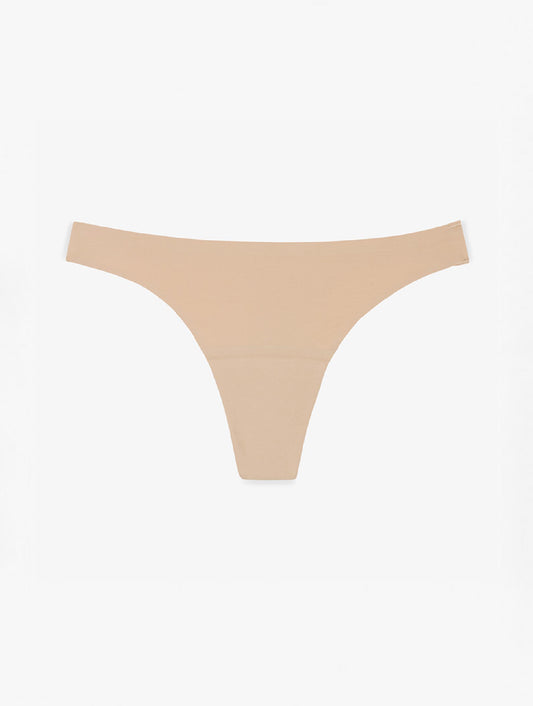Toxic shock syndrome, what you need to know
Between psychosis and the unspoken, what is really happening?
On January 9, 2020, young Maëlle, 17, died from toxic shock. She could have been saved if the correct diagnosis had been made. Shocked, Internet users and journalists took up the subject, which has since flooded the web. And it sends shivers down your spine. So should we all panic every time we have our period? How can we protect ourselves from toxic shock syndrome and what are the real risks of this happening to us? Here are our answers and our advice to stay calm and well protected. In every sense of the term.
What is toxic shock syndrome?
Toxic shock syndrome - also called menstrual SCT - is a rare infectious disease (there is an average risk of 0.4% of contracting it). It is caused by staphylococcus aureus, a bacteria naturally present in the vagina of 4% of women and which can produce a dangerous toxin, TSST-1. Among these women, only one in ten does not have the antibody to fight it: it is only in this case that an infection can spread through the blood throughout their body, and cause the destruction of some of their organs. , and in extreme cases, his death.

Aquila cotton menstrual panties
39,00 €
30,00 €

Ara cotton menstrual panties
35,00 €
25,00 €


How do you get CTS and what are the symptoms?
CTS is a rare disease, but potentially fatal (as in the case of Maëlle) or which may require amputation (as happened to model Lauren Wasser, who had a leg amputated). These women have in common the wearing of internal hygienic protection, and the presence of staphylococcus aureus in their body. This can in fact, during the menstrual cycle and when wearing internal protection for too long a period, get stuck in the vagina without being able to evacuate. If it reaches a high concentration, it will cause blood poisoning of the body.
The main symptoms of toxic shock resemble those of the flu or gastroenteritis: fever, migraine, vomiting and diarrhea. This is why wrong diagnoses can be made, in particular because of taboos still present on periods, even in Western societies.
Tampons responsible for toxic shock?
Although they have long been singled out for the chemical substances they contain, tampons themselves are not the cause of the toxic shocks recorded. According tothe latest report from ANSES - the national health security agency - it is the stagnation of blood while wearing intravaginal protection which promotes a culture environment for staphylococcus and can trigger TSS. This therefore also applies to the menstrual cup, unfortunately presented as less aggressive periodic protection than the tampon. ANSES is therefore asking manufacturers for clearer information on the risks of toxic shock linked to the use of their protections.
Avoid toxic shock: adopt good habits
If it is not a question of falling into psychosis, simple actions can be enough to eliminate the risks of SCT, and quite simply to take care of your privacy.
If you wish to wear internal protection such as a tampon or menstrual cup, it is imperative to:
-
Always wash your hands before placing your tampon or cup
-
Place the protection gently: microtrauma causing wounds in the vaginal mucosa can increase the risk of TSS
-
Change or empty it every 4 hours maximum
-
Do not wear it at night
-
Choose tampons with minimum absorbency even in the event of heavy periods : the quantity of stagnant blood in the vagina multiplies the risks
-
Alternate with external protection such as sanitary napkins or menstrual panties
-
If you have been diagnosed with TSS, avoid cups and tampons completely.
Free from all chemical substances that can damage your vaginal flora , period panties protect against the risk of SCT. Their cost is quickly amortized when you think about what you can spend over the year on tampons or pads, and then you can wear them for longer!
By Elise
































